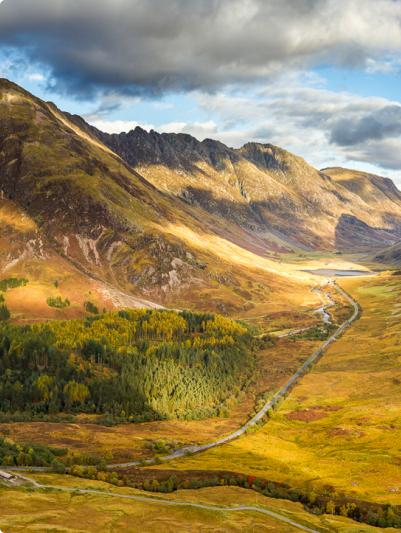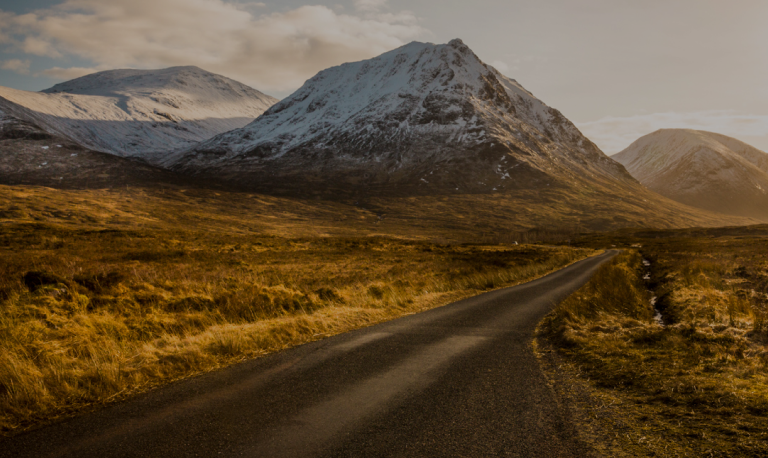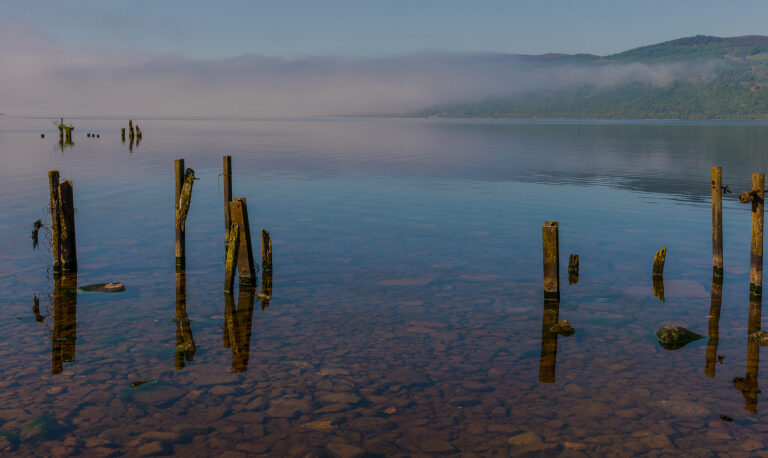5 Wonders Along Ireland’s Wicklow Way
The Wicklow Way is Ireland’s first waymarked trail, founded by one of the Emerald Isle’s most famous hill walkers – J.B. Malone – who established the trail in 1980 hoping to encourage others to explore Ireland’s vast walking possibilities.
Interestingly, the Way is also the most westerly section of the E8 European walking route which stretches from the Atlantic coast of County Cork all the way to Istanbul in Turkey.
Spanning 86 miles from Dublin to Clonegal, the trail winds its way south through the fondly nicknamed ‘Garden of Ireland’ through a glorious patchwork of mountain terrain, upland lakes, and glacier-carved valleys. With such a variety of tranquil natural beauty, woven between areas steeped in legends and history, the Wicklow Way is certainly a trail worth taking on.
View this post on Instagram
While the Dingle Way and Kerry Way traverse the diverse shores of the wild west coast, the Wicklow Way lies in the heart of Ireland’s ‘Ancient East’ where the mountains were formed long before even the Alps and the Himalayas.
Rich in history, the trail is dotted with reminders of human settlement in the wild terrain. These days you will be welcomed to the small towns and villages with traditional warm Irish hospitality, where the locals are eager to share their passion for this magical region. In this post, we highlight some of the treasures in store on this remarkable trail.
View this post on Instagram
Dublin
One of the best things about the Wicklow Way is that it starts from Ireland’s capital city, and there is so much to see and do in Dublin. We’d certainly recommend spending an extra night at the start of this walk so that you can experience the city’s cosmopolitan charm, interesting architecture and cultural landmarks.
You can visit the huge Guinness Storehouse and enjoy the journey into the history of the world-famous drink, explore Temple Bar on the southside of the city where you can sample some local ales and listen to some lively Irish music; and there’s also the centuries-old Dublin Castle, which towers over the city’s historic centre.
View this post on Instagram
Djouce Mountain
While it is not the highest mountain within the Wicklow Mountain range (that would be Lugnaquilla at 925m), Djouce Mountain is an equally spectacular landmark along the Wicklow Way. As you cross over from County Dublin into County Wicklow descending into the Glencree Valley, Djouce makes for a dramatic backdrop to the wilderness ahead.
Its name in Gaelic means “fortified height” and it is one of the more accessible of the higher mountains and just a short detour (but steep climb!) off the Wicklow Way. The assent is often exposed to the elements but the barren summit offers spectacular vistas over the Garden of Ireland.
On a clear day, you can scan the profiles of the Poolbeg Chimney Stacks, the Irish Sea and the great Sugarloaf. On an even better day, look out to the southeast and you may even be able to see Snowdon in Wales.
View this post on Instagram
Powerscourt Waterfall
The regal Powerscourt Estate is set in the foothills of the Wicklow Mountains and is home to the magnificent Powerscourt Waterfall – Ireland’s tallest waterfall.
It is possible to take a detour here and witness the 121 metres of cascading water set amongst towering oak and pine trees where an abundance of wildlife can also be found. Listen out for the birdsong of the Chaffinch, Cuckoo and Willow Warbler and if you are lucky you may also spot the reintroduced Sika Deer or Red Squirrel.
This stunning location has also been featured in several well-known films and TV shows including Excalibur, King Arthur and Vikings.
View this post on Instagram
Lough Tay
Located between the Djouce Mountain and Luggala Mountain, the glacial lake of Lough Tay with its inky black waters and white sandy beach offers stunning views from the track.
The landscape here is dominated by upland blanket bog and heathland, with rolling vistas in all directions. The lake is also known as the “Guinness Lake” due to its distinctive colours and because part of the land that it covers is owned by members of the Guinness Family Trust.
It is here that you will pass the memorial stone to J.B. Malone, and likely be reminded why he was so keen to encourage others to explore this magnificent area.
View this post on Instagram
Glendalough Monastic City
The tranquil Vale of Glendalough is the perfect location for a rest day during your walk. Take some time to explore the world-famous ancient monastic site nestled in a glacier-carved valley between an upper and lower lake.
The settlement was founded in the 6th century by St. Kevin, a young monk who originally lived alone in an isolated cave before others joined him and established a thriving monastery. The historic ruins include a small tomb known as St Kevin’s Bed, numerous stone-built churches, and an imposing 30 metre tall round tower set amongst Celtic crosses and burial stones.
The Glendalough Visitor Centre houses several interesting exhibitions and audiovisual shows delving into the fascinating history of the settlement and is well worth a few hours exploring.
View this post on Instagram
Ready to walk the Wicklow Way?
The Wicklow Way is very well waymarked and not much navigation is required. Most people will take around 7 or 8 days to walk the Way in its entirety, and we’d heartily recommend adding a few rest days along the way.
As the Wicklow Way was designed to avoid towns and villages, much of the accommodation is located off the trail. Although this means that there is often additional mileage at the end of each day, the warm welcome of traditional Irish hospitality is another part of what makes this trail so special.
Here at Absolute Escapes, we offer self-guided walking holidays on the Wicklow Way which include accommodation, daily baggage transfers, guidebook/map, and a full information pack. Get in touch with one of our Travel Specialists today and let’s start planning your Wicklow Way adventure!
Shivani Patel


